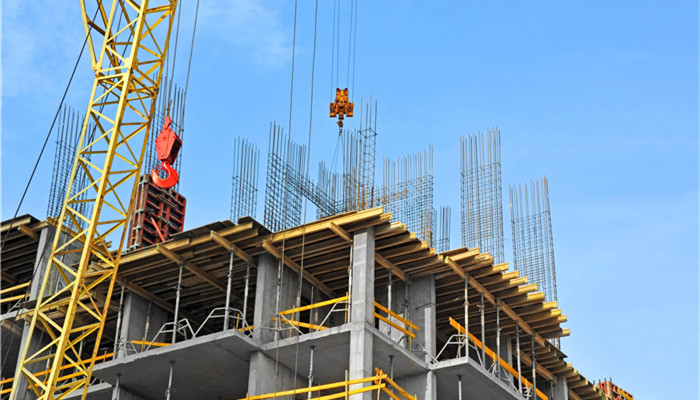
The comprehensive utilization rate of phosphogypsum in my country is low and there is an urgent need for its resource utilization
Phosphogypsum refers to calcium sulfate hydrate, a by-product formed from fertilizer production from phosphate rock. The main component is calcium sulfate dihydrate. my country is a major producer and consumer of phosphogypsum. Phosphogypsum is mainly used in the fields of building materials, chemicals, agriculture, daily necessities, papermaking, and mining area backfilling. Building materials are the main application scenarios of phosphogypsum, such as making cement additives, gypsum boards, building gypsum powder, Phosphogypsum blocks, etc.
According to the “2022-2026 China Phosphogypsum Industry Market Status Comprehensive Research and Investment Prospects Forecast Report released by the Industrial Research Center, In terms of production, my country’s phosphogypsum production capacity is mainly distributed in Hubei, Sichuan, Guizhou, Yunnan and other regions. In 2021, my country’s phosphogypsum industry output will be approximately 74.6 million tons. As an acidic industrial solid waste, phosphogypsum is difficult to utilize. In 2021, my country’s comprehensive utilization rate of phosphogypsum was less than 48.0%.
The utilization rate of phosphogypsum in my country is low. Currently, the treatment methods of phosphogypsum are mainly divided into two types: comprehensive utilization and storage, of which storage is the main method. At this stage, the total amount of phosphogypsum storage in my country is about 600 million tons, and the annual output About 40 million tons. The accumulation of phosphogypsum can easily cause water environment pollution. Under the goal of “building a beautiful China”, there is an urgent need to improve the utilization rate of phosphogypsum and solve the problem of phosphogypsum resource utilization.
At present, the comprehensive utilization of phosphogypsum in my country is still in the early stages of development, and the utilization pathways are showing a diversified trend. However, due to the complex composition of phosphogypsum, difficulty in removing impurities, and high transportation costs, there has not yet been a high value-added, large-volume resource utilization pathway.
Gypsum can be divided into two categories: natural gypsum and industrial by-product gypsum. Affected by factors such as environmental protection and soil erosion, the scale of natural gypsum mining has declined. Against this background, the resource utilization of industrial by-product gypsum has received increasing attention. In 2021, my country’s industrial by-product gypsum output will reach more than 250 million tons. Phosphogypsum is a type of industrial by-product gypsum. Overall, both supply and demand drive the development of phosphogypsum toward resource utilization and high value.
Phosphogypsum has a wide range of comprehensive utilization space. It can be used to prepare gypsum blocks, building gypsum powder, ceramic molds, gypsum mortar, sound-absorbing panels, calcium sulfate whiskers, calcium acid composite materials, etc. In the global market, Japan’s phosphogypsum comprehensive utilization technology is relatively advanced, and its phosphogypsum utilization rate reaches about 90.0%. In contrast, the comprehensive utilization rate of phosphogypsum in my country is low, and the industry still has large room for improvement.
Industry analysts said that my country’s phosphogypsum market oversupply exceeds demand, and the total stockpile of phosphogypsum is at a high level. In the face of increasing environmental protection supervision, Under the strict background, there is an urgent need for resource utilization of phosphogypsum. At present, the comprehensive utilization of phosphogypsum in my country is still in the early stages of development. However, with the empowerment of science and technology, the improvement of standard systems, and the guidance of national policies, the comprehensive utilization of phosphogypsum is bound to break through the difficulties in the future and realize industrial resource-based and high-value development.

 微信扫一扫打赏
微信扫一扫打赏

